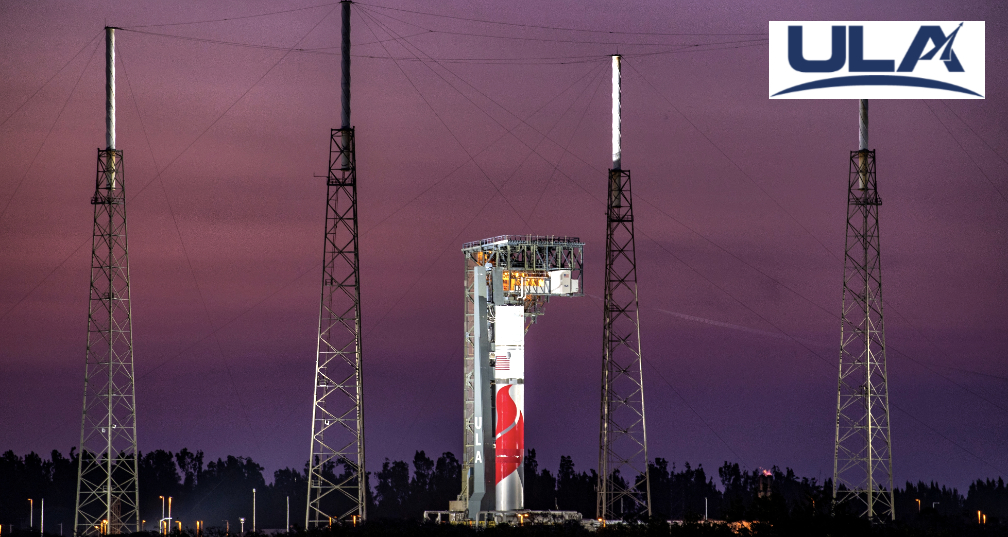
United Launch Alliance is standing down from the engine flight readiness testing of the Vulcan rocket set for today., May 25, 2023.
During the countdown, the team observed a delayed response from the booster engine ignition system that needs further review prior to proceeding with the flight readiness firing.
ULA rolled the rocket back to the Vertical Integration Facility to gain access to the booster ignition system. The team will continue to review data and determine when the Vulcan can roll back to the pad to conduct the flight readiness firing (FRF).
This test was to be a validation of the fully integrated vehicle at Cape Canaveral Space Force Station, Florida.
FRF demonstrates the day of launch timelines and procedures, propellant loading operations and the entire countdown through ignition of the twin booster engines at Space Launch Complex (SLC)-41.
The firing, when such occurs, will generate a roar of nearly a million pounds of thrust, but Vulcan will remain held to the launch pad by restraining mechanisms. The software program running in the rocket’s flight computer will command engine shutdown to complete FRF.
The firing, when such occurs, will generate a roar of nearly a million pounds of thrust, but Vulcan will remain held to the launch pad by restraining mechanisms. The software program running in the rocket’s flight computer will command engine shutdown to complete FRF.
The FRF milestone was to give the Vulcan team the opportunity to observe critical elements of the complete rocket in the launch environment and was to provide a rigorous performance check of the vehicle, pad systems and the launch control team. The objectives included assessing the integrity and function of the main propulsion system, propellant feed systems and engines.
